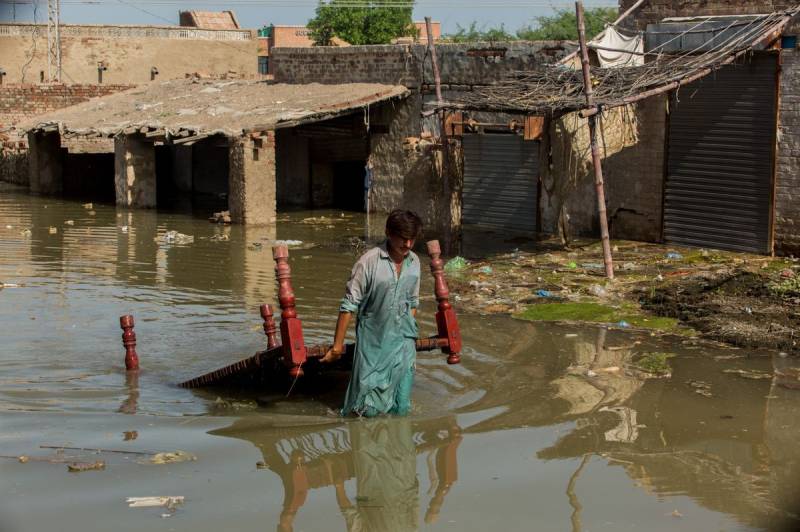
The history of Pakistan’s economic woes is long, sordid, and seemingly irreversible. And, many years of economic mismanagement has brought us into this deep quicksand. Wherever the book is opened, there is a chapter of gloom. There simply exist too many problems in too many economic spheres such as low tax collection, existence of a parallel and gray economy, ad-hocism in monetary policy, increasing poverty, high unemployment, malaise of corruption, and so forth.
Also, a serious economic problem that has never been addressed is galloping population growth. For example, even if we double our GDP, the population doubles as well, and the per-capita income ends remaining the same.
Another irony of the economic crisis is that, over 75 years, we have tried every method to fight it, but in vain. Nothing has worked including martial law, parliamentary democracy, and the presidential system.
Ever since 1947, one economic crisis has been the flight of human capital towards better prospects. Sadly, in the last few years, this effect has multiplied and we are again facing brain drain in very large numbers.
Pakistan has entered the IMF program more than 20 times. Yet, we have not achieved self-sufficiency. We are all to blame for this. There are numerous examples of countries that tightened their belts, re-paid bi-lateral lenders’ liabilities, and are now on their way on the highway of progress. How come we missed the boat more than 20 times?
One of the most important factors contributing to the ongoing inflation is the growing import bill, which is denominated in foreign currencies. When the dollar becomes dearer, so do imports. Because of sluggish exports, nearly zero FDI, dwindling home-remittances, drying up of loans and grants from friendly countries and other creditors, and slow progression on privatization, dollars are not coming into the economy, and there is supply-side pressure on the dollar. However, dollar demand remains high for factors such as paying for imports, Pakistanis venturing for tourism, our students studying abroad, and speculation and hedging. This shortage of dollars and mis-match between dollar demand and dollar supply, keeps the dollar parity high and buoyant.
Another reason for inflation in our country are tariffs on utilities and petroleum, which have been imposed by lending agencies such as the IMF and the ADB. At the time of writing, the country is up in arms in regards to the criminally high increases in electricity and petrol prices. For instance, if transportation prices increase, the pricing on most goods and services is likely to increase. A simple example is the cost-push inflation and the impact of high transport costs on moving produce from villages and rural areas to the urban centers.
Pakistan has also witnessed demand-pull inflation. An example from recent years would be the prices of automobiles. Automobiles have become so expensive due to excessive demand that many people feel they are a better hedging instrument, even relative to currencies.
Devaluation and revaluation occur when a government takes a conscious decision to step in and interfere in the market. Depreciation and appreciation occur as a result of free market forces. During General Musharraf’s tenure, there were several years that the PKR/USD parity was about 60. At the time of writing this essay, the PKR/USD parity is no less than 300.
Devaluation also occurs in another manner. Pakistan has been chronically running budget deficits. A budget deficit occurs when revenues (both tax and non-tax) fall short of expenses. Typically, and by the text-book, budget deficits are financed by borrowing. In Pakistan’s case, budget deficits have been financed also by printing of currency. With resultant over-supply of PKR in the system, rupee starts to lose its value against other currencies and commodities.
We have everything in this country but where did we go wrong? We are a nuclear power, we have a young population, we are geo-politically strong, we boast a strong agricultural base, our country borders warm water ports, we have solar-wind-and hydel energy, our topography boasts the most serene mountains- rivers-deserts, our natural resources are in abundance, our services sector is booming, Pakistan has a vibrant expatriate population, and so on and so forth.
Pakistan may not be a model of prosperity and good governance. However, we certainly are a case study in resilience and survival. As an American journalist once said, “Pakistan is unrelenting, just like hell.”

